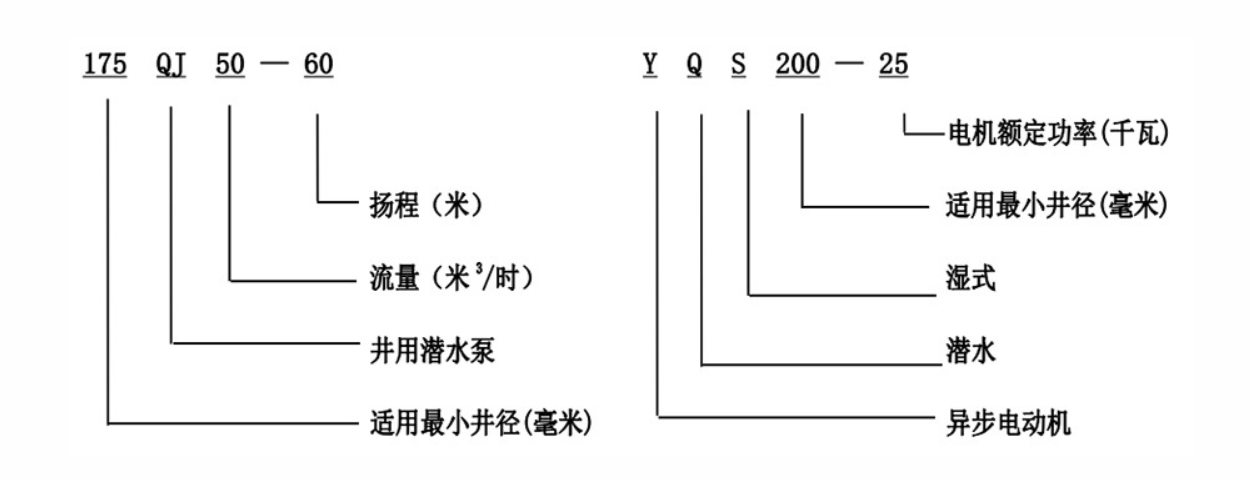Aug . 15, 2024 04:47 Back to list
Advantages and Applications of Deep Well Multistage Submersible Pumps in Modern Water Systems
Deep Well Multistage Submersible Pump An Overview
In the realm of water resource management and extraction, deep well multistage submersible pumps play a pivotal role. These specialized pumps are designed to efficiently lift water from significant depths, making them indispensable in various applications ranging from agricultural irrigation to municipal water supply and industrial processes.
What is a Deep Well Multistage Submersible Pump?
A deep well multistage submersible pump is a type of pump that operates underwater, typically in deep wells where water levels are significantly lower than the surface. Unlike traditional pumps that are positioned above the water source, submersible pumps are fully submerged, allowing them to push water upward through a series of stages or impellers. Each stage increases pressure, enabling the pump to lift water from greater depths.
Design and Components
The design of a multistage submersible pump includes several key components, which work together to ensure effective operation. The main parts consist of
1. Motor This is usually a sealed electric motor that drives the pump's impellers. The motor is designed to withstand high-pressure conditions and can be located at the surface or integrated with the pump in deeper configurations.
2. Impellers These are the rotating blades that impart velocity to the water, essentially converting the motor’s rotational energy into fluid flow. Multistage pumps have multiple impellers stacked in series, which cumulatively increase pressure.
3. Diffusers Between each impeller, there are diffusers that help convert the kinetic energy created by the impellers into pressure.
4. Pump Shaft This connects the motor to the impellers and transfers mechanical energy to them.
deep well multistage submersible pump

Advantages of Multistage Submersible Pumps
1. Efficiency Multistage submersible pumps are highly efficient due to their design, allowing them to lift water from deeper sources with less energy compared to single-stage pumps. This efficiency translates into lower operating costs and reduced energy consumption.
2. Durability These pumps are designed to endure harsh conditions, including high pressure and corrosive environments. Their submersible design protects them from external elements, reducing maintenance needs and extending service life.
3. Space Saving The compact design of multistage submersible pumps allows them to fit into narrow boreholes, minimizing the footprint required for water extraction systems.
4. Versatility These pumps can be used in a variety of applications, including residential, agricultural, industrial, and municipal water supply systems, making them highly versatile for different sectors.
Applications
Deep well multistage submersible pumps are used in numerous fields. In agriculture, they are commonly employed for irrigation purposes, ensuring crops receive adequate water supply from deep groundwater sources. In the municipal sector, these pumps help deliver clean water to communities, especially in areas reliant on groundwater. They are also utilized in industrial applications for processes requiring high water pressure, such as cooling systems in power plants or manufacturing facilities.
Conclusion
In summary, deep well multistage submersible pumps are an essential technology in modern water management. Their efficiency, durability, and versatility make them ideal for a wide range of applications, from agricultural production to municipal water supply. As demand for freshwater resources continues to grow, the importance of such advanced pumping solutions will only increase, driving further innovations to improve their performance and sustainability.
-
Submersible Water Pump: The Efficient 'Power Pioneer' of the Underwater World
NewsJul.01,2025
-
Submersible Pond Pump: The Hidden Guardian of Water Landscape Ecology
NewsJul.01,2025
-
Stainless Well Pump: A Reliable and Durable Pumping Main Force
NewsJul.01,2025
-
Stainless Steel Submersible Pump: An Efficient and Versatile Tool for Underwater Operations
NewsJul.01,2025
-
Deep Well Submersible Pump: An Efficient 'Sucker' of Groundwater Sources
NewsJul.01,2025
-
Deep Water Well Pump: An Efficient 'Sucker' of Groundwater Sources
NewsJul.01,2025
-
 Submersible Water Pump: The Efficient 'Power Pioneer' of the Underwater WorldIn the field of hydraulic equipment, the Submersible Water Pump has become the core equipment for underwater operations and water resource transportation due to its unique design and excellent performance.Detail
Submersible Water Pump: The Efficient 'Power Pioneer' of the Underwater WorldIn the field of hydraulic equipment, the Submersible Water Pump has become the core equipment for underwater operations and water resource transportation due to its unique design and excellent performance.Detail -
 Submersible Pond Pump: The Hidden Guardian of Water Landscape EcologyIn courtyard landscapes, ecological ponds, and even small-scale water conservancy projects, there is a silent yet indispensable equipment - the Submersible Pond Pump.Detail
Submersible Pond Pump: The Hidden Guardian of Water Landscape EcologyIn courtyard landscapes, ecological ponds, and even small-scale water conservancy projects, there is a silent yet indispensable equipment - the Submersible Pond Pump.Detail -
 Stainless Well Pump: A Reliable and Durable Pumping Main ForceIn the field of water resource transportation, Stainless Well Pump has become the core equipment for various pumping scenarios with its excellent performance and reliable quality.Detail
Stainless Well Pump: A Reliable and Durable Pumping Main ForceIn the field of water resource transportation, Stainless Well Pump has become the core equipment for various pumping scenarios with its excellent performance and reliable quality.Detail
